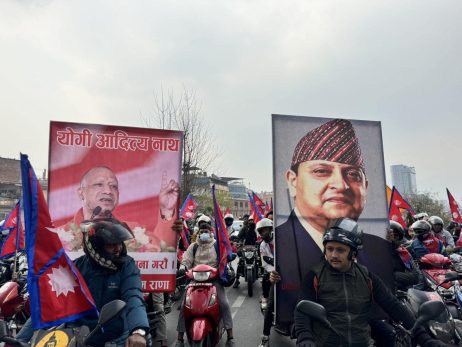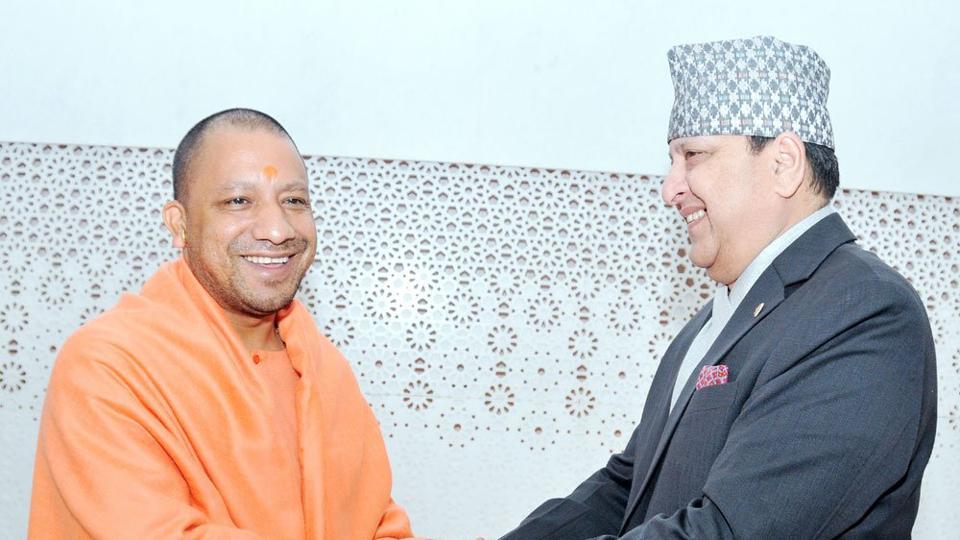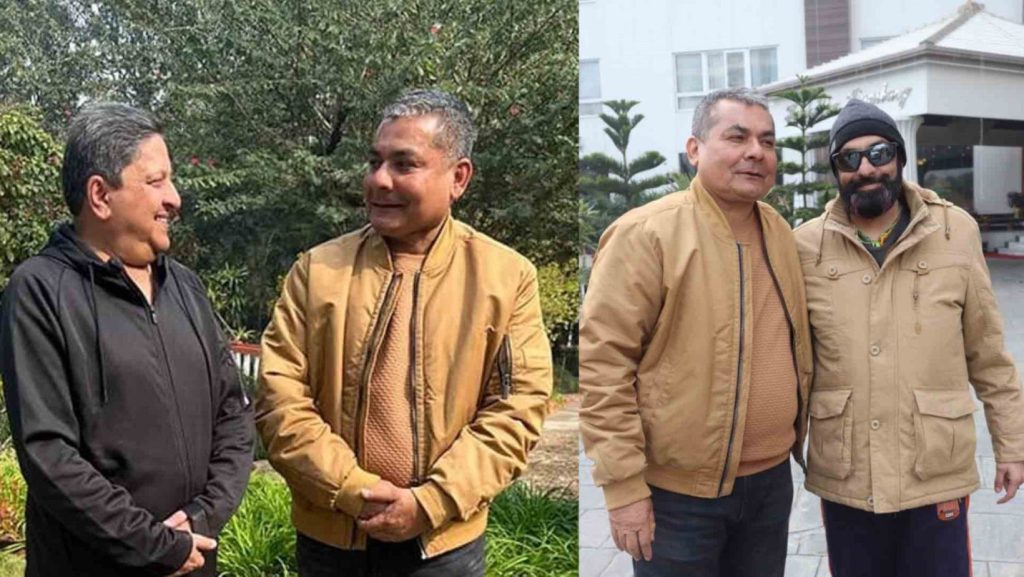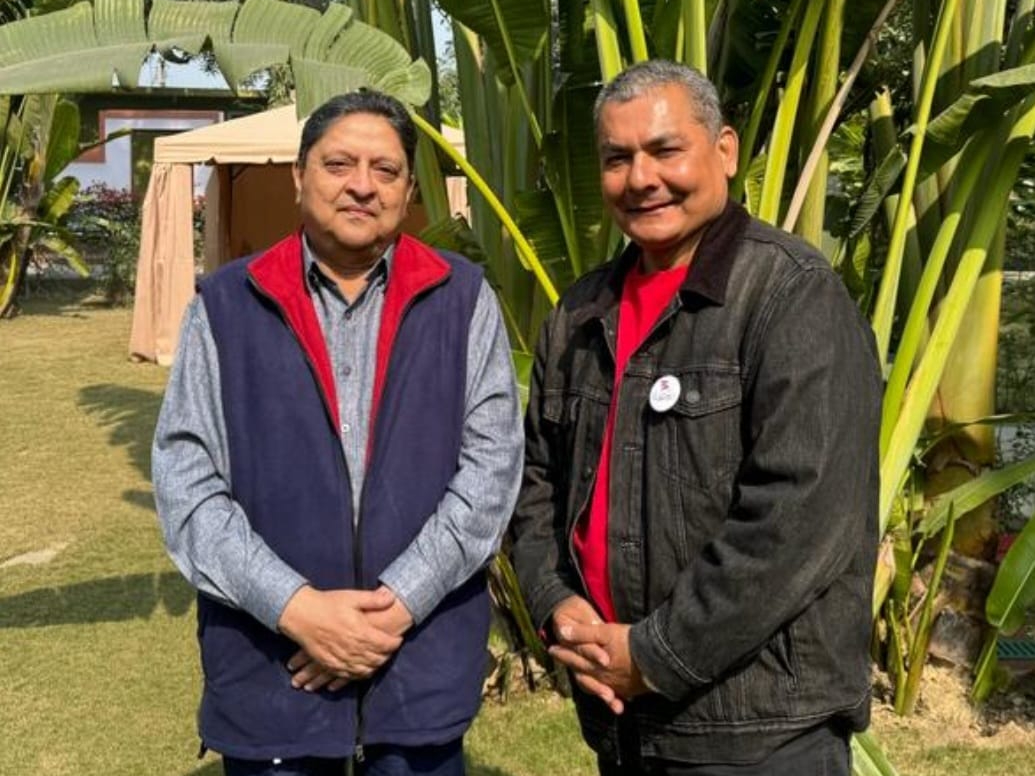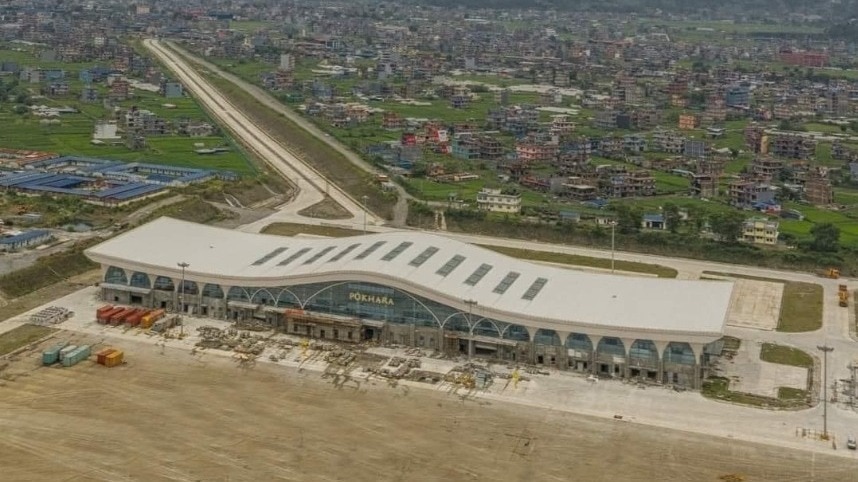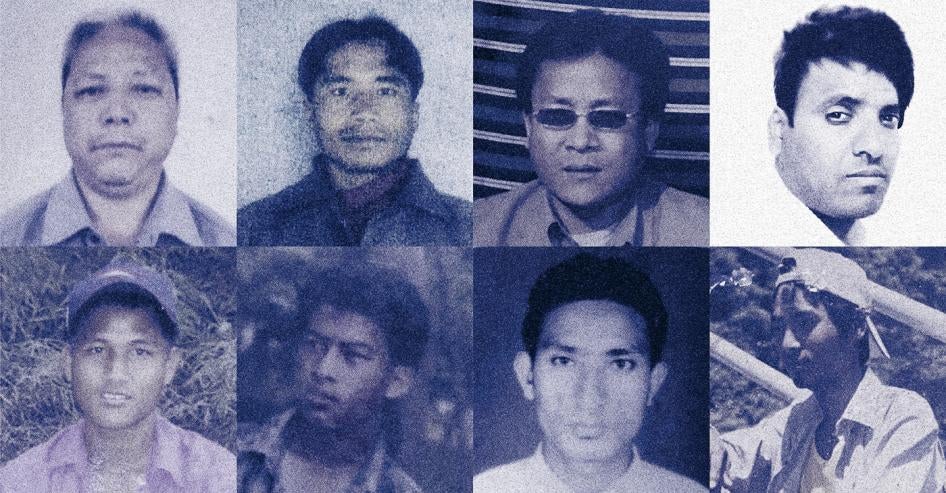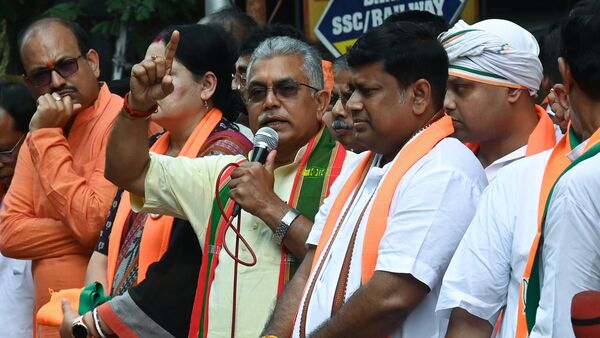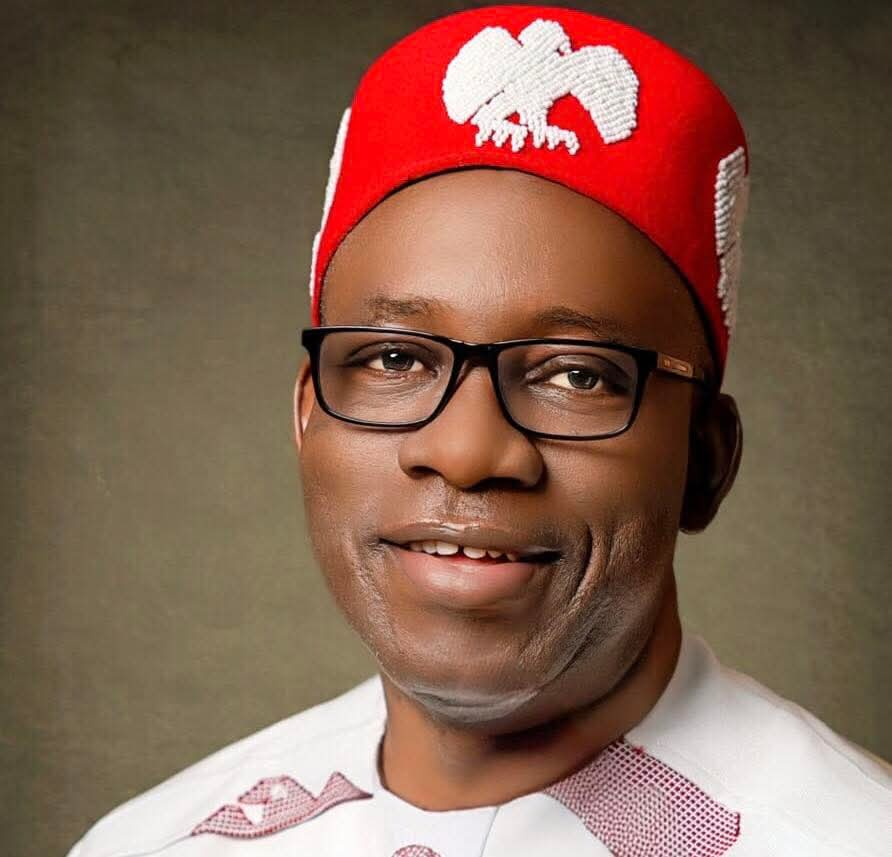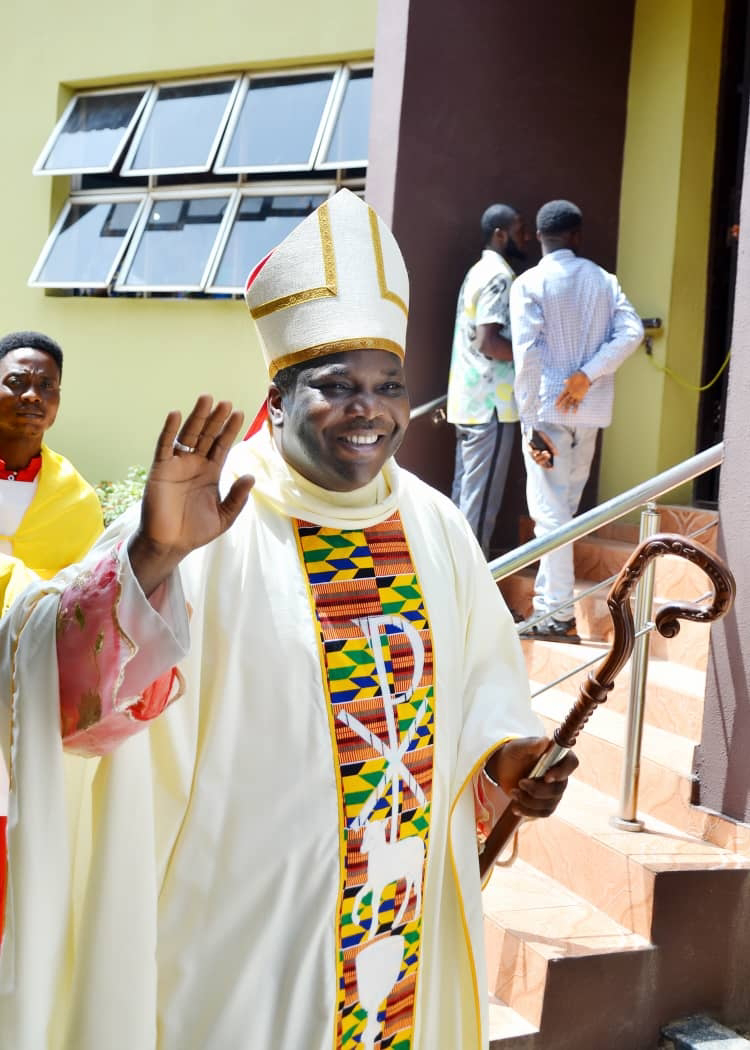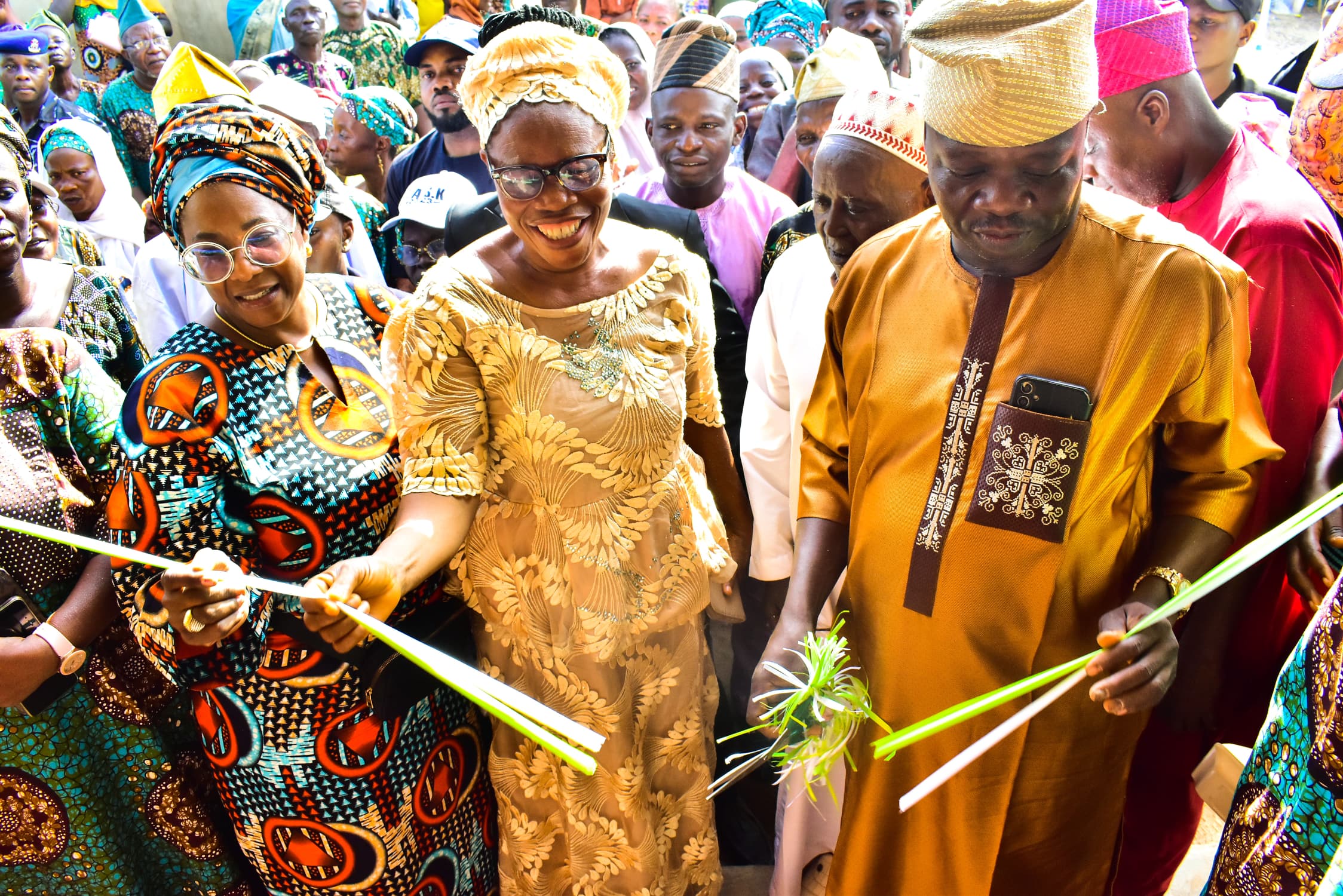Agencies & KalimNews, Kathmandu, April 17, 2025 : The demand for the restoration of Nepal’s monarchy has been gaining momentum, with large rallies in Kathmandu and other cities, as former King Gyanendra Shah finds new backing among a growing number of Nepalese citizens. “Come back, king, save the country. Long live our beloved king. We want monarchy,” chant crowds, reflecting a deepening frustration with the country’s political instability. Yet, this resurgence of royalist sentiment is complicated by suspicions of foreign influence, particularly from India, which is viewed by many as subtly supporting the movement through ideological, cultural, and political ties.
The monarchy was abolished in 2008, and Nepal declared itself a secular republic. But the political landscape has since been marked by instability, corruption, and dissatisfaction with the ruling elite, prompting some Nepalese to look back at the era of the Shah dynasty with nostalgia. Gyanendra Shah, once unpopular after his forced abdication, has found renewed support among a new generation of citizens who never experienced life under the monarchy.
India’s Ideological Influence: Hindutva and the Monarchy
While New Delhi officially denies any involvement in the resurgence of the monarchy movement, there are unmistakable signs that the ruling Bharatiya Janata Party (BJP) has played a subtle role in promoting the pro-monarchy cause. Since the BJP’s rise to power in 2014, India’s foreign policy, particularly toward Nepal, has shifted towards a greater embrace of Hindu nationalism. The BJP has long espoused the idea of a unified Hindu civilizational state across South Asia, and this vision includes a desire for Nepal to return to its former status as a Hindu kingdom.
One of the clearest indicators of India’s role came during a recent rally in Kathmandu, where a poster of Uttar Pradesh Chief Minister Yogi Adityanath was prominently displayed. Adityanath, a staunch proponent of Hindutva ideology, has been vocal about his support for the Nepali monarchy and has criticized Nepal’s transition to a secular republic. The close ties between Adityanath’s Gorakhnath Mutt and the Nepali royal family, particularly the Shahs, have only amplified suspicions of Indian backing. Adityanath, who once called Nepal’s declaration as a secular state a “black day,” has been a key figure in promoting the idea of a Hindu kingdom in Nepal.
While the BJP has denied any official support for the pro-monarchy movement, the appearance of Adityanath’s poster at the rally has sparked political tensions in Nepal. The ruling Communist Party of Nepal-Unified Marxist Leninist (CPN-UML) seized on the opportunity to accuse royalists of using foreign influence to advance their agenda. Bishnu Rimal, Chief Political Advisor to Prime Minister K.P. Sharma Oli, posted photographs of Gyanendra and Adityanath’s posters on social media, accusing the royalist faction of being aligned with foreign forces.
The Arrest of Durga Prasai and the Violence Surrounding Pro-Monarchy Rallies
The pro-monarchy movement has not only sparked political debate but has also been marked by a series of violent incidents, drawing attention to the role of certain political figures in inciting unrest. One of the key figures associated with the movement is Durga Prasai, a well-known royalist leader and prominent supporter of Gyanendra Shah’s return to the throne. Prasai, who has been instrumental in organizing pro-monarchy rallies, was recently arrested after being implicated in violent clashes between pro-monarchy activists and anti-royalist groups.
The incidents of violence have resulted in the deaths of at least two individuals, including a journalist and a civilian. In one of the most tragic incidents, the violence that erupted during a rally in Tinkune—an area in the outskirts of Kathmandu—claimed the lives of a journalist, who was covering the protest, and a civilian caught in the crossfire. The clashes between protesters and police quickly escalated, leading to a tragic outcome. The journalist, identified as Rajesh Poudel, was reportedly shot during the scuffle, while a civilian, Bishal Sharma, was struck by a police vehicle as chaos unfolded. Several others were injured in the violence that resulted in the death of the two individuals.
The unrest in Tinkune also saw police firing tear gas and using batons to disperse the crowd. The violence has drawn condemnation from human rights groups, who have called for an independent investigation into the deaths and for greater accountability on the part of the security forces.
In addition to the deaths, the violence surrounding the pro-monarchy rallies has raised serious concerns about the growing polarization in Nepal’s political landscape. Prasai’s arrest, while reflecting the government’s efforts to control the violence, has also sparked outrage among royalist supporters, many of whom see it as an attempt by the government to suppress the growing movement for monarchy restoration.
Political and Ideological Divisions in Nepal
As royalist sentiment gains ground, the political divide in Nepal deepens. The Rastriya Prajatantra Party (RPP), which has been a key advocate for the restoration of the monarchy, has found an increasing number of young people supporting its cause. This shift is largely driven by disillusionment with the political class and a sense that Nepal’s transition to a republic has not delivered the stability and prosperity many had hoped for.
The rising influence of royalists has drawn the attention of Nepal’s political establishment, particularly the CPN-UML, which has accused the BJP of promoting Hindu nationalism in Nepal through its support for pro-monarchy forces. Bishnu Rimal’s Facebook post, which highlighted the display of Adityanath’s poster at the rally, is just one example of how political tensions between royalists and republicans are intensifying. Prime Minister K.P. Sharma Oli, while publicly denying any official connection with the royalist movement, has been vocal in criticizing the BJP’s Hindutva agenda and its potential impact on Nepal’s secular identity.
The BJP’s ideological push for a Hindu rashtra in Nepal is not without consequences. If royalists succeed in gaining political traction, it could significantly alter Nepal’s political landscape, possibly leading to a rollback of secular reforms and a shift toward autocratic rule. The BJP’s support for the monarchy, particularly through its cultural and ideological affiliates, risks exacerbating political polarization and undermining Nepal’s republican identity.
India’s Role and Geopolitical Implications
While India officially denies any interference in Nepal’s domestic politics, the ideological influence of the BJP cannot be ignored. Adityanath’s visible support for the monarchy and his past criticisms of Nepal’s secular state highlight the growing influence of Hindutva politics on Nepal’s internal affairs. The BJP’s ties to religious and cultural institutions in Nepal, like the Gorakhnath Mutt, further suggest that India’s soft power may be subtly supporting the pro-monarchy movement.
The involvement of figures like Durga Prasai in the violent incidents surrounding pro-monarchy rallies and the growing prominence of royalist factions suggest that Nepal is at a crossroads. The pro-monarchy movement, backed by ideologically aligned forces in India, is gaining momentum, but it risks further destabilizing Nepal’s already fragile political system. If India continues to align itself with these forces, it could drive a wedge between Nepal’s republican majority and its southern neighbor, exacerbating tensions in an already volatile region.
In conclusion, the pro-monarchy movement in Nepal is not just an internal political issue—it is also intertwined with the broader ideological currents sweeping across South Asia. The role of India, both through direct and indirect support, is a critical factor in shaping the future of Nepal’s political landscape. Whether through the promotion of Hindutva ideology, the support of royalist figures like Durga Prasai, or the subtle endorsement of the monarchy’s restoration, India’s influence on Nepal is undeniable. How this dynamic unfolds will have lasting implications for Nepal’s sovereignty, its relationship with India, and its democratic future.

